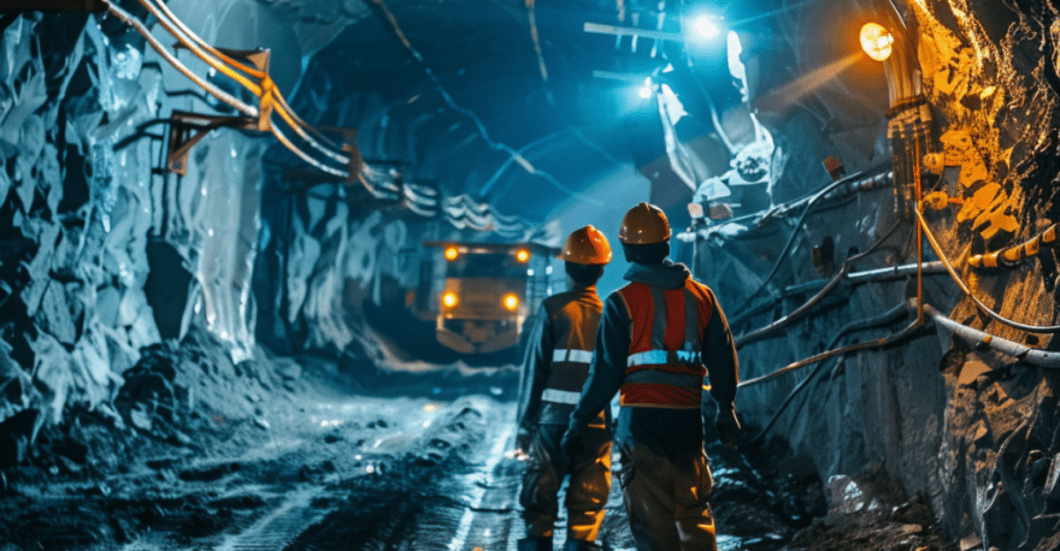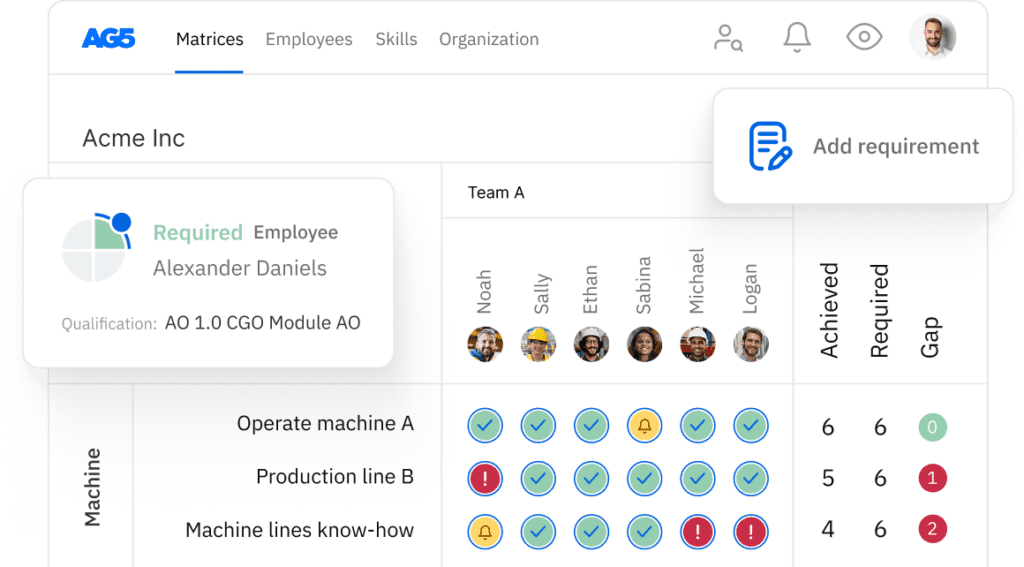MSHA: Mine Safety and Health Administration
Certifications from the Mine Safety and Health Administration focus on training and safety requirements for mines in the United States. In this guide, we will explore the key aspects of MSHA certifications, including their significance, steps required for certification, benefits of implementation, and more.

What is an MSHA certification? Copied
The Mine Safety and Health Administration (MSHA) is a federal agency in the United States that regulates and oversees safety and health standards in the mining industry. It outlines the training requirements for miners in various types of mines, as well as requirements for accident investigations and reporting.
- MSHA Part 46. Outlines safety and training requirements for miners at surface mines, including sand, gravel, stone, clay, and limestone mines, with an emphasis on hazard recognition and emergency response
- MSHA Part 48. Outlines training requirements for miners in underground mines, as well as surface mines not included in Part 46, including health and safety standards, emergency procedures, and hazard recognition
- MSHA Part 50. While not a certification, the MSHA’s Part 50 requires mine operators to immediately notify the MSHA of workplace accidents, sets requirements for accident investigations, and mandates that mining operators report employment and production-related data
These training requirements cover topics such as:
- Mandatory health and safety standards
- Transportation controls and communications systems
- Escape and emergency evacuation plans
- Ground control
- Night work
- First aid
- Electrical hazards
- Accident prevention and reporting
- Explosives
- Self-rescue and respiratory devices
Who needs an MSHA certification? Copied
Individuals who work in or around mines, including miners, contractors, mine operators, and mine rescue team members, must comply with MSHA training requirements. Certification under the standards laid out by MSHA is mandatory.
How to earn an MSHA certification Copied
MSHA training is usually provided by mine operators, which must develop training plans that are either approved or in line with MSHA requirements There are also various third-party training courses that miners can attend. Additionally, the MSHA provides federal grants that US states can use to set up MSHA-approved training courses.
When seeking Part 46 or 48 training, you will also need to adhere to the following guidelines:
- Part 48 trainers must be MSHA-approved and certified
- Part 48 training plans must be MSHA-approved
- Part 46 trainers must be “competent persons”, as deemed by mine operators
- Part 46 training plans do not need to be approved by the MSHA approval, but must meet all training requirements
Renewal requirements for MSHA certifications Copied
MSHA certifications are valid for one year. During the course of that year, miners must receive at least eight of hours refresher training. This type of training is usually provided by mine operators, but is also available from third-party training services.
The benefits of MSHA certification Copied
MSHA certifications offer several benefits to organizations. Some key advantages include the following.
Safety compliance
MSHA certification ensures that your organization complies with federal mining safety standards. This reduces the risk of accidents and results in a safer workplace
Operational efficiency
MSHA guidelines facilitate improved safety protocols and training, leading to fewer interruptions, downtime, or delays caused by accidents or unsafe practices.
Reputation and competitive edge
Adhering to MSHA guidelines is mandatory, which meanings operators in the US mining industry must comply to attract clients, investors, and skilled workers.
Challenges in earning an MSHA certification Copied
Earning an MSHA certification may pose several challenges to organizations. They include the following.
Complex regulatory requirements
The MSHA’s guidelines are complex and constantly evolving. Staying up to date with them can be time-consuming.
Training and compliance costs
Developing MSHA-approved training and safety plans can costly, especially for smaller mining companies.
Resource allocation
A method to divert time, personnel, and budget towards MSHA certification can impact other operational areas – and potentially affect operational efficiency. With this in mind, you’ll need a method to manage all aspects of MSHA certification.
Tips and strategies for earning an MSHA certification Copied
Here are a few tips for preparing for an MSHA certifications in your organization.
- Read Part 46 of the federal code for MSHA
- Read Part 48 of the federal code for MSHA
- Read Part 50 of the federal code for MSHA
- Review the MSHA’s Part 50 training program
- Review the Part 46 and Part 48 Reference Guide
- Review the MSHA’s Program Policy Manual for both Part 46 and Part 48
Review the MSHA’s resources for developing a training plan for your employees
Resources for MSHA certification Copied
For more information and guidance on MSHA certification, you can refer to the following resources.
Mining Safety and Health Administration. The MSHA’s website should be the first stop for those seeking certification under any part of the federal code. It offers information regarding training requirements, courses, and the development of MSHA-approved training plans that your organization can use to ensure your employees stay compliant.
Mining skills matrix. Our free mining skills matrix template can help you track and manage the skills, competencies, and certifications necessary for MSHA certification, and for your mining operations as a whole.
Skills management for MSHA certifications Copied
AG5 stores all certifications in the cloud, providing all authorized personnel with access to the right version of approved certifications. This helps you easily keep track of all data and documentation related to an MSHA certification across your organization.
Using AG5’s skills management software, you can monitor the status of any type of certification that is relevant to your workforce, leveraging intuitive dashboards that provide you with a clear understanding of exactly what is needed to keep your employees skilled and safe.
Frequently asked questions about MSHA certifications Copied
-
What is the scope of an MSHA certification?
-
Is an MSHA certification mandatory?
-
How long does it take to obtain an MSHA certification?
-
What are the cost considerations for MSHA certification?
-
What is the validity period of an MSHA certification?
-
Can an MSHA certification be integrated with any management systems?
-
How can you learn more about MSHA certifications?
Author Copied
Revisions Copied
Written by: Rick van Echtelt
Copy edited by: Adam Kohut
Tired of managing skills in Excel?
Say goodbye to Excel matrices. Start using AG5’s plug and play skill matrix software.
Recognized by G2 for Excellence in Skills Management

